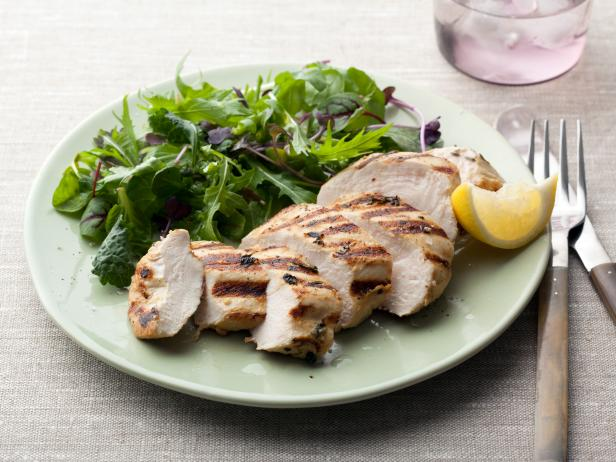Chicken: Good or Bad?
Our recent post on 5 Healthiest Kids Meals stirred up controversy over chicken. Some folks felt that it's loaded with artery-clogging saturated fat while others voiced their concern over how chickens are raised and fed. Here’s a breakdown of the good, the bad and the ugly.
Chicken is easy to prepare in a healthy way by grilling, roasting, sauteing, poaching, stir-frying and baking. According to the Dietary Guidelines for Americans, we should be eating lean sources of protein, including chicken. It is recommended to remove the visible fat and skin from chicken before eating to decrease unnecessary calories from fat. Here is a comparison of 3-ounces of chicken breast with and without the skin:
Conventionally raised chickens are often treated with antibiotics in order to make them grow faster or combat the effects of crowded living conditions. The high usage of antibiotics has led to an increased risk of bacteria developing antibiotic resistance. While they offer different pros and cons, free-range, organic and local poultry can provide more eco-friendly alternatives but cost a pretty penny.
Salmonella is another concern with chicken. The government no longer tests poultry for salmonella, instead we rely on preventative measures to keep our food safe. This includes food safety procedures from the slaughterhouse to the supermarket, which are checked by food inspectors (AKA sanitarians). It also means that consumers need to be careful how they handle raw chicken including preventing cross-contamination with ready-to-eat foods like fruits and veggies and making sure the chicken is cooked to a minimum internal temperature of 165 degrees Fahrenheit.


Comments
Post a Comment